

6 Unique Ways to Test if Your Diamond is Real or Fake

Identifying if a diamond is real or fake can be confusing, especially with many realistic-looking alternatives available today. Whether you're buying a new diamond, checking an old piece, or just curious, it’s important to know how to spot a genuine diamond.
In this guide, we’ll share 6 easy ways to test if a diamond is real, ensuring that your stone is truly valuable. Let’s explore these simple tips to confidently identify a real diamond!
Real Diamonds Vs. Fake Diamonds
Real diamonds are prized for their sparkle, beauty, and rarity, making them popular for engagement rings and other fine jewelry. These natural diamonds form deep within the Earth and are known for their unique cut and clarity. However, due to their high demand and cost, many look-alike options like lab-grown diamonds, moissanites, cubic zirconia, and white sapphires are available at a fraction of the price.
If you’re unsure about your diamond, take it to a jeweler for verification. Jewelers have special tools to test gems accurately. If you can’t visit a jeweler right away, you can try a few simple at-home tests to check if your diamond is real. These tests aren’t as precise as professional methods but can give you a quick idea..
How Can You Test Diamonds At Home To Find Out If They Are Real Or Fake?
While you don't need to be a gemologist, there are simple 6 way you can use to find out if a diamond is real. These basic check will help you feel confident that your diamond is real.
- Water Test
- Flashlight Test
- UV Light Test
- Loupe Test
- Check Diamond Scratch
- Heat Test
-
How Do You Tell If a Diamond is Real with Water?
![[How Do You Tell If a Diamond is Real with Water?]-[ouros jewels]](https://cdn.shopify.com/s/files/1/0527/7669/8040/files/How_Do_You_Tell_If_A_Diamond_Is_Real_With_Water_1024X512_4f91cecc-d0f8-4239-9a5e-6ed7ad23975c_600x600.webp?v=1725623604)
Checking if a diamond is real using water is an easy test you can do at home. You just need a glass of water and the diamond you want to check.
Here is what to do:
- Set the glass on a level area.
- Fill it up to three quarters of the way with water.
- Carefully drop the diamond into the glass.
Look at what happens:
- If the diamond floats to the top or does not sink completely, it is probably not real.
- If it sinks to the bottom, it could be real.
Why try it?
Diamonds are heavier than water and should fall. Keep in mind however, that this test is not perfect. Other stones that like diamonds, such as moissanite, cubic zirconia or some types of glass, are heavy enough to sink.
Keep in mind:
This water test may not give you a definite answer. Other heavy objects may also sink in water. To really be sure, you might want to do more tests or get a professional opinion.
-
How Do You Tell If A Diamond Ring Is Real With A Flashlight?
![[How Do You Tell If A Diamond Ring Is Real With A Flashlight?]-[ouros jewels]](https://cdn.shopify.com/s/files/1/0527/7669/8040/files/How_Do_You_Tell_If_A_Diamond_Ring_Is_Real_With_A_Flashlight_1024X512_9bd04efa-6c9f-41c7-8784-bd47ee2e5a59_600x600.webp?v=1725623628)
Testing a diamond ring with a flashlight is a simple method you can try at home to get an idea if your diamond might be real.
Here is what to do:
- Enter a dark room and turn off all other lights.
- Shine a flashlight directly onto the diamond in the ring.
- Watch how light bounces off the diamond.
Look at what happens:
- A real diamond will sparkle brightly in white light and show a variety of colors.
- If the diamond does not shine much or the light reflections are mostly dull and gray, it may not be real.
Why try it?
Real diamonds reflect light in a unique way, making them sparkle brilliantly. They not only reflect light vividly but also split the light into a rainbow of colors.
Keep in mind:
This test is not 100% accurate. Some synthetic diamonds and other transparent stones can reflect light in the same way. For a definitive answer on whether your diamond ring is real, it’s best to take it to a professional jeweler for a verification.
-
How Do You Tell If A Diamond Is Real With UV Light?
![[How Do You Tell If A Diamond Is Real With UV Light?]-[ouros jewels]](https://cdn.shopify.com/s/files/1/0527/7669/8040/files/How_Do_You_Tell_If_A_Diamond_Is_Real_With_UV_Light_1024X512_f318bca0-17d6-47df-9de1-f38e69163aec_600x600.webp?v=1725623648)
Testing a diamond with UV light is a handy trick you can use at home to check if your diamond might be real.
Here is what to do:
- Get a UV light; also known as a black light.
- Turn off the other lights and focus the UV light on the diamond.
- Watch how the diamond reacts to UV light.
Look at what happens:
- Real diamonds often glow blue under UV light due to natural diamonds.
- If there is no blue light or the diamond has a different color, it may not be real.
Why try it?
Many natural diamonds include features that react with UV light, causing them to sparkle (glow) when exposed.
Keep in mind:
Not all real diamonds will show a blue glow; some may not glow at all, and others could even show a yellowish color. Also, some fake diamonds can sparkle under UV light too. This test can give you a clue, but I'm not sure. For a sure answer, it's best to have your diamond checked by a professional jeweler.
-
The Loupe Test: Is It Included Or Inscribed?
![[The Loupe Test, Is It Included Or Inscribed?]-[ouros jewels]](https://cdn.shopify.com/s/files/1/0527/7669/8040/files/The_Loupe_Test_Is_It_Included_Or_Inscribed_1024X512_7345d9de-352b-4667-b317-e416a015f921_600x600.webp?v=1725623673)
The Loupe Test is a simple process to check a diamond's authenticity and grade. A loupe, a small magnifying tool used by jewelers, allows you to see small details within a diamond.
Here is what to do:
- Get a jewelers loupe, which usually magnifies things 10 times (10x).
- Hold the diamond close to the loupe and make sure there's enough light.
- Check the diamond's structure as well as its surface.
Look at what happens:
- Inclusions: These are natural flaws like tiny crystals, feathers, or cloudy areas inside the diamond. Seeing these can indicate that the diamond is natural, as synthetic diamonds often don't have many flaws.
- Inscriptions: Some diamonds, especially certified ones, have small numbers laser-etched on their edges, usually linked to a report that describes the diamond's specific features.
Why try it?
Using a loupe lets you identify details that you can't see with just your eyes. Both inclusions and inscriptions are reliable markers of a diamond's real and feck.
Keep in mind:
Just because a diamond doesn't have inclusions doesn't mean it's fake, some are naturally very clear. Also, not all real stones are inscribed. For major purchases, it's best to seek a professional assessment from a gemologist to verify what you see with the loupe. This test is helpful, but it is not final on its own.
-
Can You Scratch A Diamond To Test Whether Or Not It’s Real?
![[Can You Scratch A Diamond To Test Whether Or Not It’s Real?]-[ouros jewels]](https://cdn.shopify.com/s/files/1/0527/7669/8040/files/Can_You_Scratch_A_Diamond_To_Test_Whether_Or_Not_Its_Real_1024X512_c835b651-c379-4170-8d49-e70dee99cc8e_600x600.webp?v=1725623695)
Testing if a diamond is real by scratching it is a simple method, but it’s not always the best approach. Here's how you can do it and what you should know.
Here is what to do:
- Find a piece of glass or another object that is less hard than a diamond.
- Gently scratch the glass with the diamond.
- Observe the result.
Look at what happens:
- Diamonds are extremely hard, so if they easily scratch the glass, they are most likely real.
- If the diamond does not scratch the glass, it may not be real.
Why try it?
Diamonds are the hardest natural material, able to scratch practically any other substance. They are ranked 10 on the Mohs hardness scale.
Keep in mind:
This test can show if a diamond is hard, but it's not always accurate. Some fake diamonds can also scratch glass. Scratching your diamond could damage it or lower its value. An expert jeweler can provide a more valid check on your diamond. They have greater tools for identifying if it's real. Use this test with caution, and avoid using it on valuable diamonds.
-
Can You Use Heat To Identify A Fake Diamond?
![[Can You Use Heat To Identify A Fake Diamond?]-[ouros jewels]](https://cdn.shopify.com/s/files/1/0527/7669/8040/files/Can_You_Use_Heat_To_Identify_A_Fake_Diamond_1024X512_2f9a5bf5-4364-4379-8a49-037365131790_600x600.webp?v=1725623724)
Using heat to identify a fake diamond is a simple method that can help determine if your diamond is real.
Here is what to do:
- Heat the diamond with a lighter or another heat source for 30-40 seconds.
- Drop the hot diamond immediately into a glass of cold water.
- Observe what happens to the diamond.
Look at what happens:
- A real diamond will stay intact and show no changes.
- A fake diamond, notably one made of glass, is likely to crack or break due to the sudden temperature change.
Why try it?
Real diamonds are very strong and can handle extreme temperature changes without damage. The heat test shows fake diamonds, sometimes created from less durable materials, cannot handle quick temperature shifts.
Keep in mind:
While this test can help identify some fake diamonds, it's not perfect. Some high-quality copying diamonds may pass the test. For a sure answer, it's best to have your diamond checked by a professional jeweler.
How are Real Diamond Certified?
Real diamond are certified by experts who test their quality in a lab. This certification verifies the diamond's authenticity and value.
-
GIA Certification
The Gemological Institute of America (GIA) had graded diamonds since the 1930s. They are the most reputable and consistent diamond grading organization. At diamond mansion, every diamond over 0.50 carat in validated by a GIA certificate.
-
AGS Certification
The American Gem Society (AGS), which was created in the 1930s, grades diamonds from 0 to 10, with 0 being the highest quality. AGS is known for its rigorous standards and reliability.
-
IGI Certification
The International Gemological Institute (IGI) certifies diamonds around the world, particularly is Asia and Europe. IGI is widely respected around the world, but it is less frequent in the United States.
While certification from these organizations help confirm a diamonds authenticity, beware of fake certificates. Always buy diamonds from trusted sources to avoid getting scammed.
To ensure you're buying a real diamond, you can also perform simple tests at home. This helps you be confident that you're buying a real diamond, not a fake. Always stay informed and vigilant when buying diamonds.
What is the difference between diamonds and cubic zirconia?
Cubic zirconia is a popular diamond look alike but differs greatly in composition and properties. Unlike diamonds, which contain carbon, cubic zirconia in made of zirconium dioxide. This leads to difference in hardness and light reflection.
A well cut diamond reflects brilliant white light with shows of rainbow colors, highlighting its brightness. On the other hand, cubic zirconia reflecs more orange light and lacks the bright sparkle of a real diamond. Knowing the basic differences can help you identify between the two and make the right choice.
What is the difference between diamonds and moissanite?
Moissanite looks similar to diamonds, but there are some important differences. Diamonds are made of carbon, but moissanite is made of silicon carbide.
A major difference is how they reflect light. Diamonds sparkle with bright white light and a hint of rainbow brillliance. Moissanite, on the other hand, typically shows a stronger rainbow effect, making it look more vibrant. Moissanite is slightly less hard than diamonds, biut it is still very durable.
Knowing the differences can help you choose between a diamond and moissanite base on your choices for sparkle, durability, and pricing.
Conclusion: Real vs. Fake Diamonds
Understanding the differences between real and fake diamonds, as well as alternatives like cubic zirconia and moissanite, is important for making safe purchases. Real diamonds are valued for their brightness and rarity, and they should always be certified by reputable organizations like the GIA, AGS, or IGI.
While home tests such as water, flashlight, UV light, loupe, scratch, and heat tests can be helpful, they are not perfect. For 100% authenticity, always buy from popular jewelers and have them checked by an expert.
Understanding the differences between cubic zirconia and moissanite can also help you make a good choice. Stay experts and careful to ensure that you get genuine. high quality diamonds.
FAQs on US to UK Ring Size Conversion
Q.1 How can you tell if a diamond is real at home?
Ans. You can perform simple tests like the fog test, water test, and newspaper test. These tests provide a quick indication but are not always reliable; a professional evaluation is best.
Q.2 What is the fog test, and how does it work?
Ans. Breathe on the diamond as you would on a mirror. A real diamond clears up quickly because it doesn’t hold heat well. If it stays foggy, it might be fake.
Q.3 Can the water test help identify a real diamond?
Ans. Yes, drop the stone in water. A real diamond will sink due to its density, while fake stones like glass may float or hover near the surface.
Q.4 How reliable is the scratch test for diamonds?
Ans. The scratch test checks if the stone can scratch glass. Real diamonds rank 10 on the Mohs scale, making them the hardest, but moissanite and other stones can also pass this test.
Q.5 What is the newspaper test for diamonds?
Ans. Place the diamond on a piece of newspaper. If you can see the text through it, the stone is likely fake. Real diamonds refract light, making it hard to see clearly through them.
Q.6 How does the UV light test work for diamonds?
Ans. Shine UV light on the diamond. If it glows blue, it’s likely real, but not all diamonds fluoresce. This test isn’t foolproof and should be used alongside other checks.
Q.7 Can a diamond tester accurately detect a real diamond?
Ans. A diamond tester measures how well a stone conducts heat. It’s generally reliable but can be confused by high-quality moissanite, which conducts heat similarly.
Q.8 What are common diamond substitutes that can pass some tests?
Ans. Moissanite, cubic zirconia, and white sapphire are common fakes that can look real. They may pass some tests, making professional evaluation important.
Q.9 Is a jeweler’s loupe useful for identifying a diamond?
Ans. A loupe helps you see inclusions (tiny flaws). Real diamonds often have small imperfections, while fakes like cubic zirconia look too perfect.
Q.10 Should you always get a diamond certified?
Ans. Yes, certification from a recognized lab like GIA confirms the diamond’s quality and authenticity, ensuring you get a genuine stone.
Recent Blogs
-
November 15, 2025
-
September 12, 2025
-
August 25, 2025
-
August 15, 2025
-
July 21, 2025

 Solitaire Rings
Solitaire Rings

 Halo Rings
Halo Rings

 Bezel Rings
Bezel Rings

 Three Stone Rings
Three Stone Rings

 Five Stone Rings
Five Stone Rings

 Bridal Set Rings
Bridal Set Rings

 Solitaire Accent Rings
Solitaire Accent Rings

 Toi Moi Rings
Toi Moi Rings

 Semi Mount Rings
Semi Mount Rings

 Custom Rings
Custom Rings
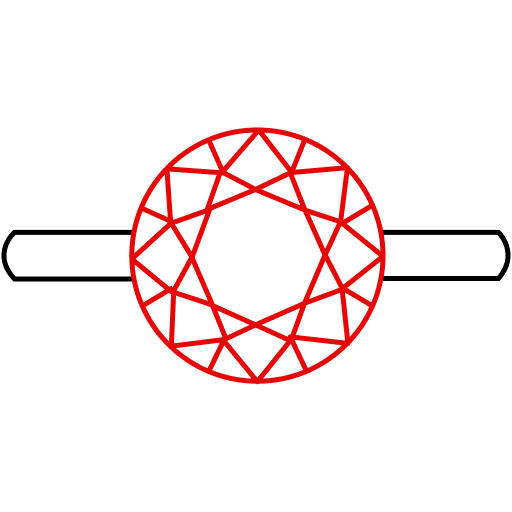
 Color Diamond Rings
Color Diamond Rings

 Lab Gemstone Rings
Lab Gemstone Rings

 Men's Rings
Men's Rings

 Round
Round

 Pear
Pear

 Oval
Oval

 Princess
Princess

 Asscher
Asscher

 Marquise
Marquise

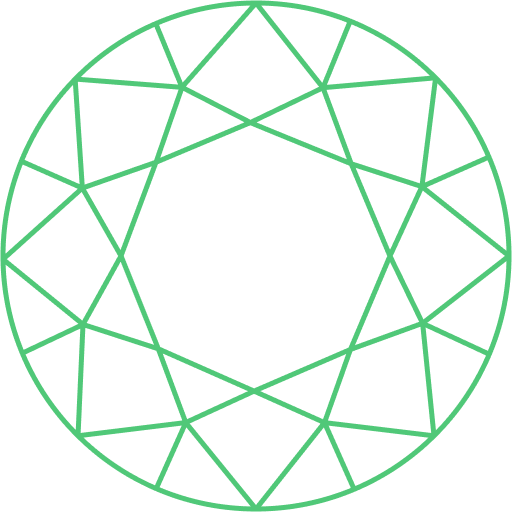 Emerald
Emerald

 Cushion
Cushion

 Radiant
Radiant

 Heart
Heart

 Old Cuts
Old Cuts

 Eternity Bands
Eternity Bands

 Dainty Bands
Dainty Bands

 Custom Bands
Custom Bands

 Men’s Bands
Men’s Bands

 Studs
Studs

 Hoops
Hoops

 Jackets
Jackets

 Dangle
Dangle

 Bridal
Bridal

 Tennis Bracelet
Tennis Bracelet

 Fashion Bracelet
Fashion Bracelet
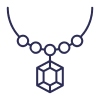
 Pendant
Pendant

 Necklace
Necklace
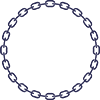
 Men's Jewelry
Men's Jewelry
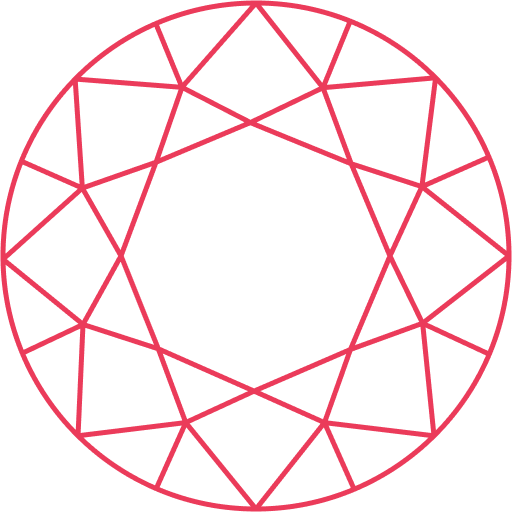
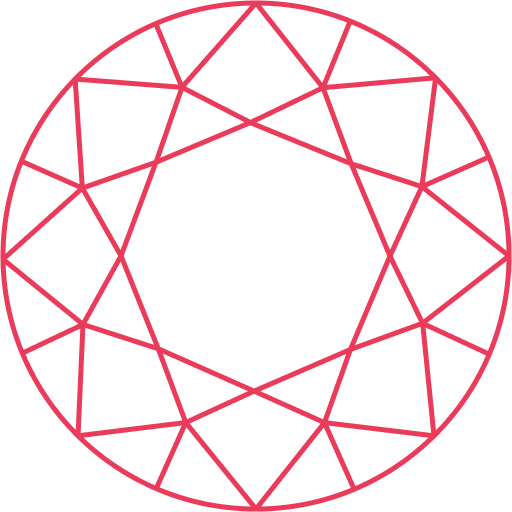 Pink
Pink

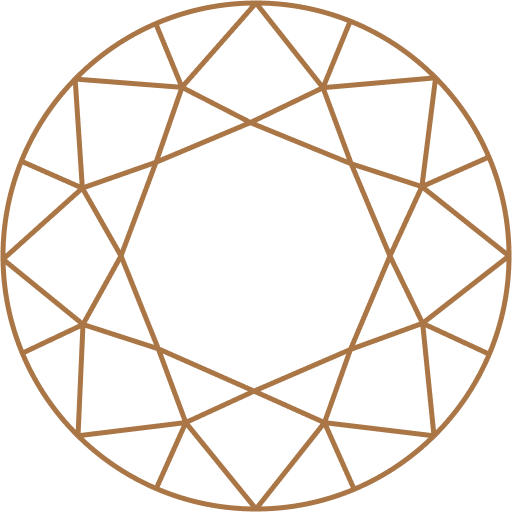 Champagne
Champagne

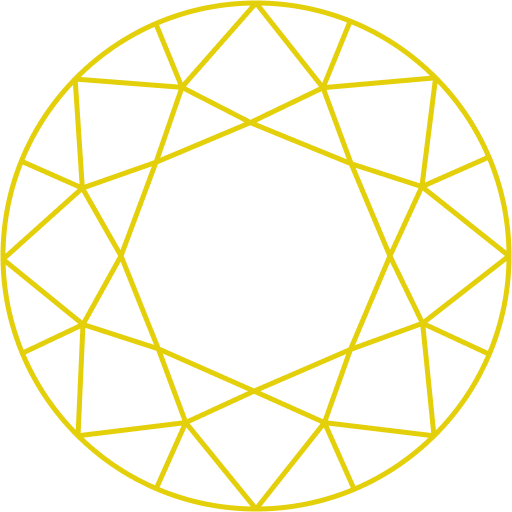 Yellow
Yellow

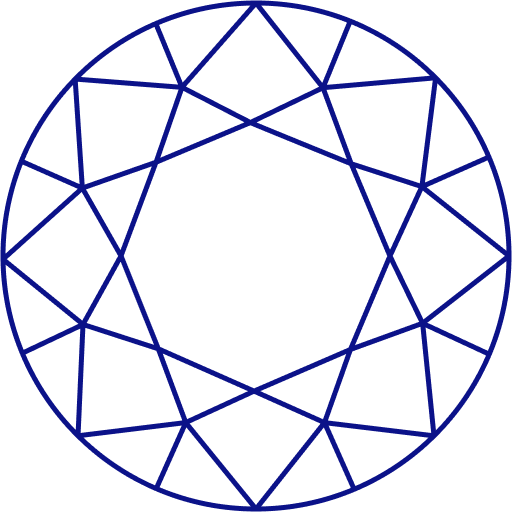 Blue
Blue

 Black
Black

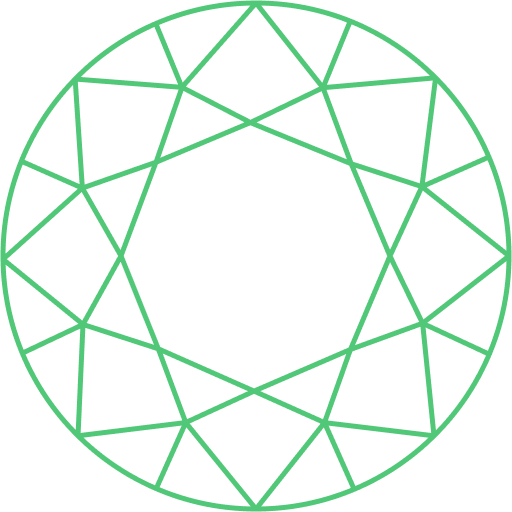 Green
Green

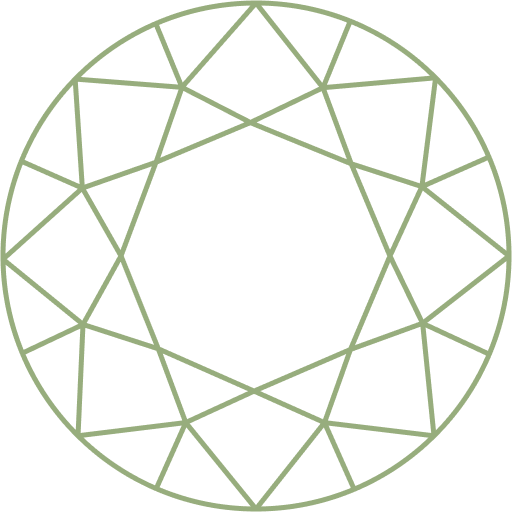 Olive
Olive

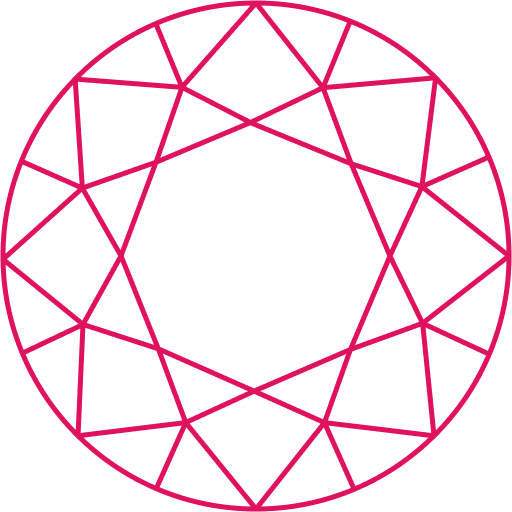 Ruby
Ruby

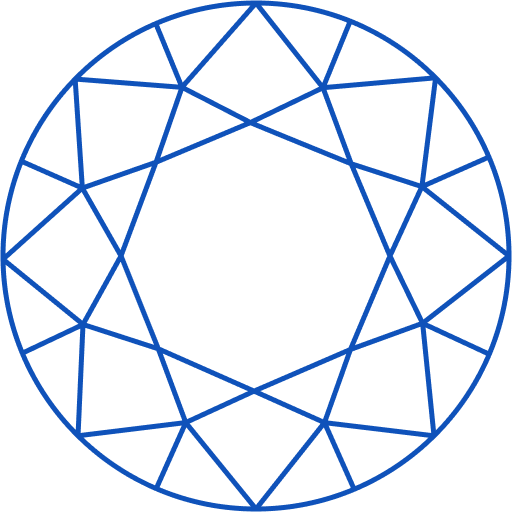 Sapphire
Sapphire

 Other Gemstone
Other Gemstone

 Old Cut Jewelry
Old Cut Jewelry

 Antique Diamond Jewelry
Antique Diamond Jewelry

 Kids Collection
Kids Collection

 Celebrity Jewelry
Celebrity Jewelry

 Old Cut
Old Cut

 Antique Cut
Antique Cut

 Matching Pair
Matching Pair

 Step Cut
Step Cut
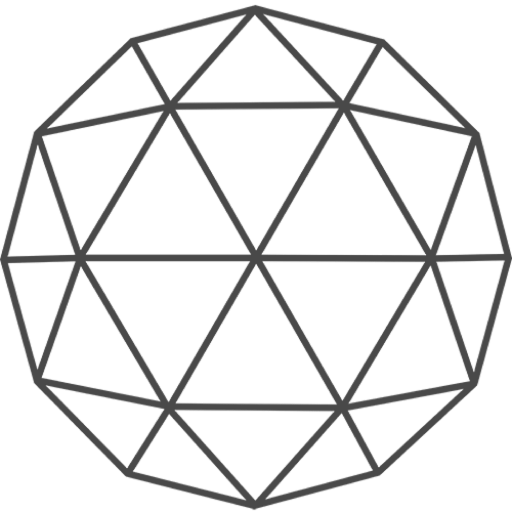
 Rose Cut
Rose Cut

 Portuguese Cut
Portuguese Cut

 Portrait Cut
Portrait Cut

 Pie Cut
Pie Cut

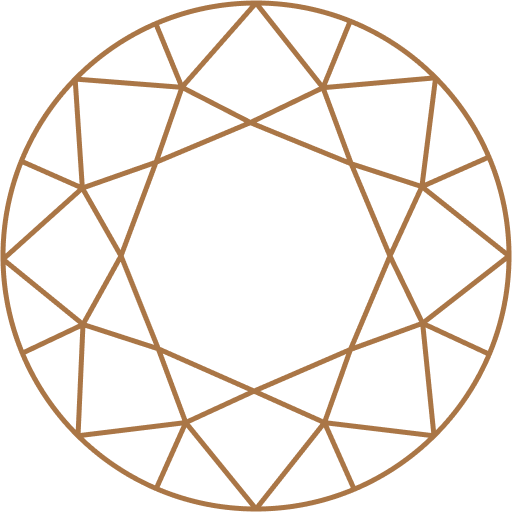 Champange
Champange

 Other
Other

 IGI-GIA Certified
IGI-GIA Certified

 8X Diamond
8X Diamond

 Ready Stocks
Ready Stocks

 OEC Round
OEC Round

 Old Mine Cushion
Old Mine Cushion

 Old Mine Moval
Old Mine Moval

 Old Mine Emerald
Old Mine Emerald

 Old Mine Asscher
Old Mine Asscher

 Old Mine Pear
Old Mine Pear

 Old Mine Heart
Old Mine Heart

 Rings
Rings

 Bands
Bands

 Earrings
Earrings

 Bracelets
Bracelets

 Anniversary Gift
Anniversary Gift

 Birthday Gift
Birthday Gift

 Gift For Her
Gift For Her

 Gift For Him
Gift For Him

 Under 300$
Under 300$

 Under 500$
Under 500$







